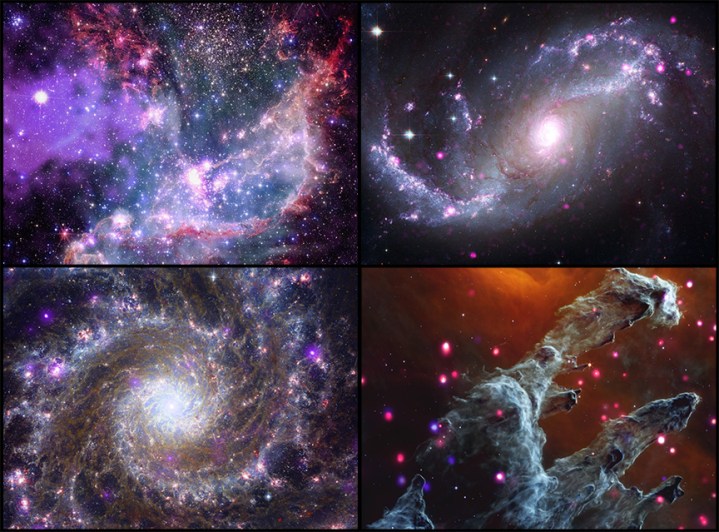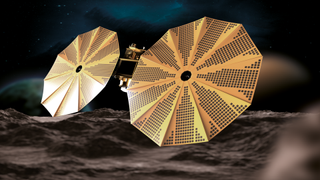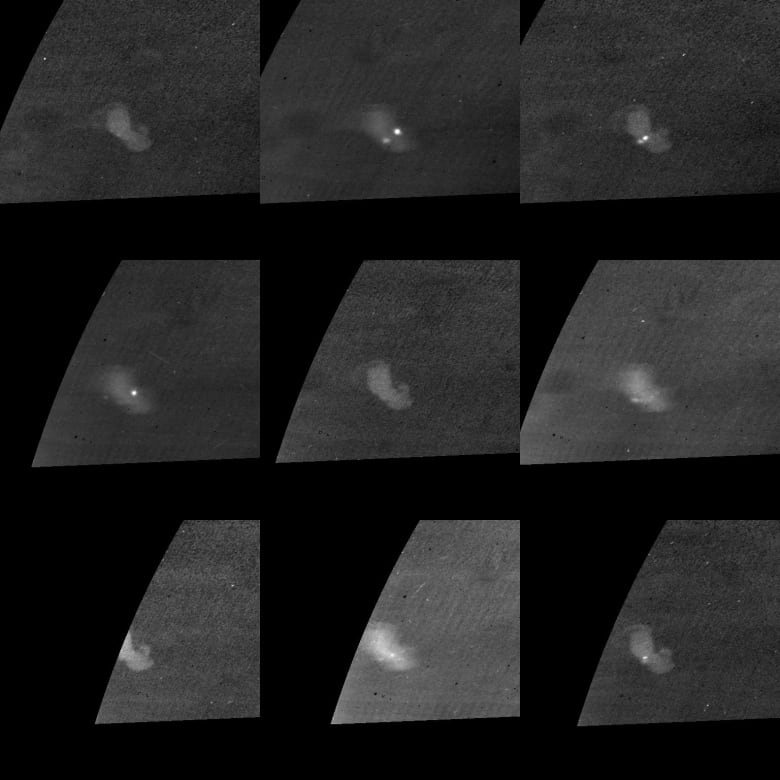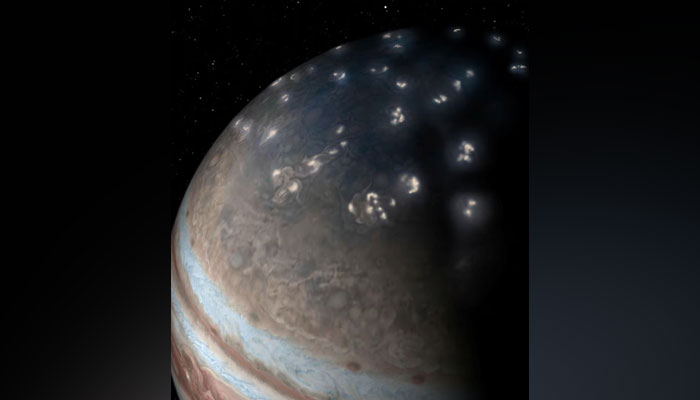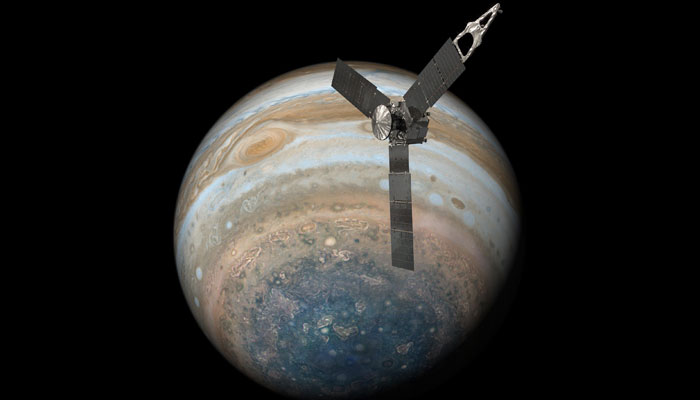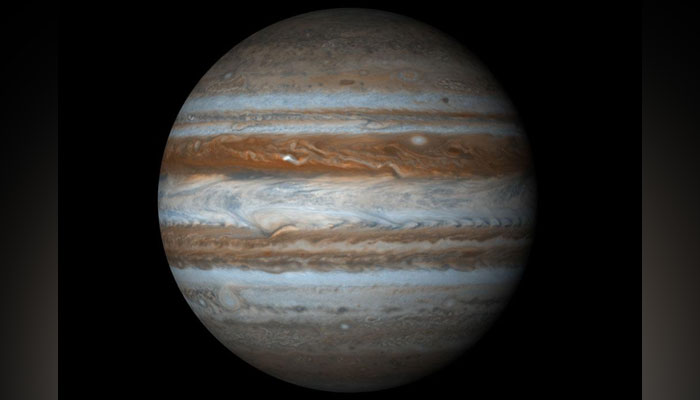Vitamin D alters developing neurons in the brain's dopamine circuit, finds study
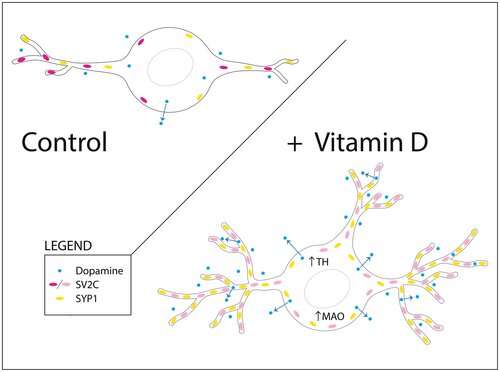
Neuroscientists at The University of Queensland have uncovered how vitamin D deficiency affects developing neurons in schizophrenia, using new technology. The paper was published in the Journal of Neurochemistry.
Professor Darryl Eyles has built on past research out of his laboratory at the Queensland Brain Institute linking maternal vitamin D deficiency and brain development disorders, such as schizophrenia, to understand the functional changes taking place in the brain.
Schizophrenia is associated with many developmental risk factors, both genetic and environmental. While the precise neurological causes of the disorder are unknown, what is known is that schizophrenia is associated with a pronounced change in the way the brain uses dopamine, the neurotransmitter often referred to as the brain's "reward molecule."
Professor Eyles has followed the mechanisms that might relate to abnormal dopamine release and discovered that maternal vitamin D deficiency affects the early development and later differentiation of dopaminergic neurons.
The team at the Queensland Brain Institute developed dopamine-like cells to replicate the process of differentiation into early dopaminergic neurons that usually takes place during embryonic development.
They cultured the neurons both in the presence and absence of the active vitamin D hormone. In three different model systems they showed dopamine neurite outgrowth was markedly increased. They then showed alterations in the distribution of presynaptic proteins responsible for dopamine release within these neurites.
"What we found was the altered differentiation process in the presence of vitamin D not only makes the cells grow differently, but recruits machinery to release dopamine differently," Professor Eyles said.
Using a new visualization tool known as false fluorescent neurotransmitters, the team could then analyze the functional changes in presynaptic dopamine uptake and release in the presence and absence of vitamin D.
They showed that dopamine release was enhanced in cells grown in the presence of the hormone compared to a control.
"This is conclusive evidence that vitamin D affects the structural differentiation of dopaminergic neurons."
Leveraging advances in targeting and visualizing single molecules within presynaptic nerve terminals has enabled Professor Eyles and his team to further explore their long-standing belief that maternal vitamin D deficiency changes how early dopaminergic circuits are formed.
The team is now exploring whether other environmental risk factors for schizophrenia such as maternal hypoxia or infection similarly alter the trajectory of dopamine neuron differentiation.
Eyles and his team believe such early alterations to dopamine neuron differentiation and function may be the neurodevelopmental origin of dopamine dysfunction later in adults who develop schizophrenia.
More information: Renata Aparecida Nedel Pertile et al, Vitamin D: A potent regulator of dopaminergic neuron differentiation and function, Journal of Neurochemistry (2023). DOI: 10.1111/jnc.15829


